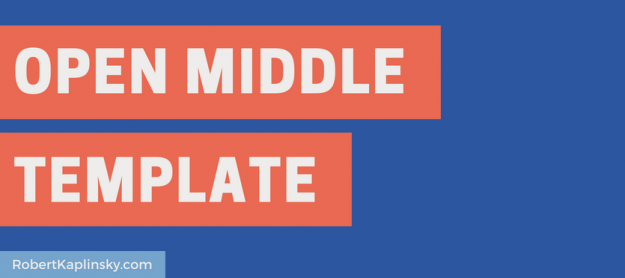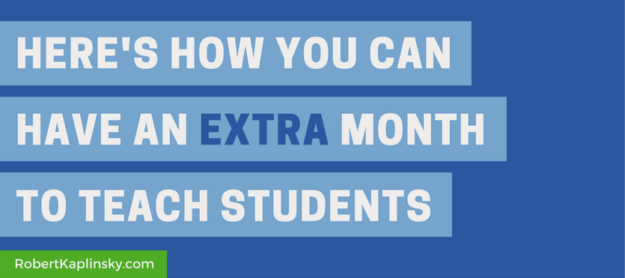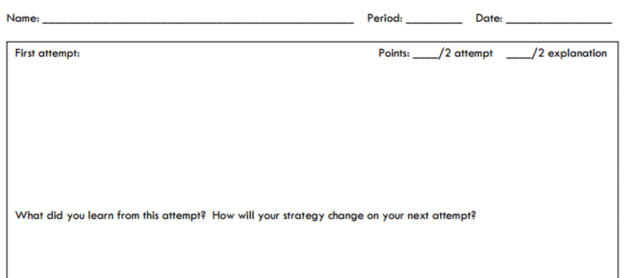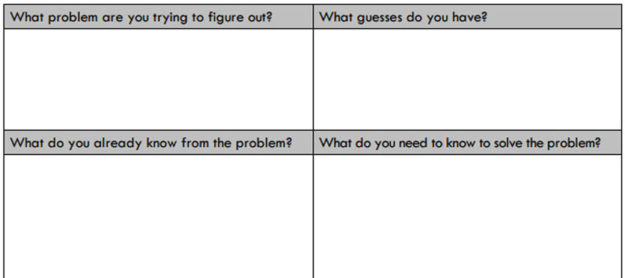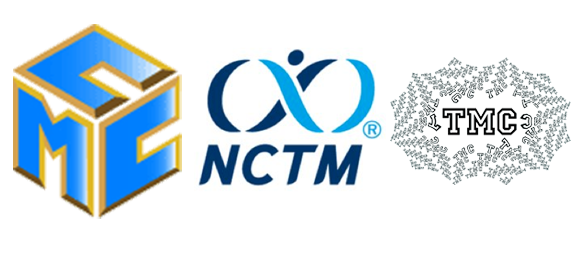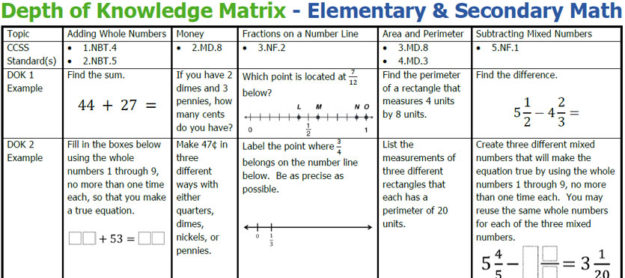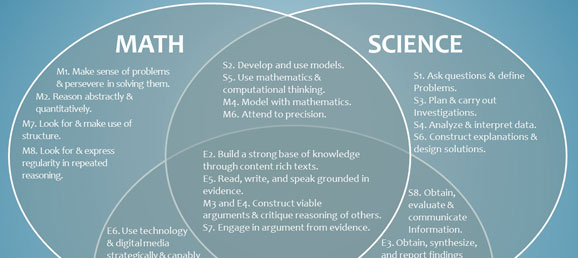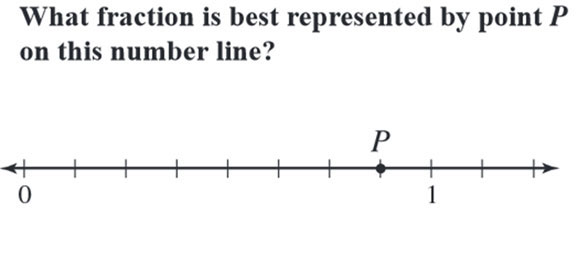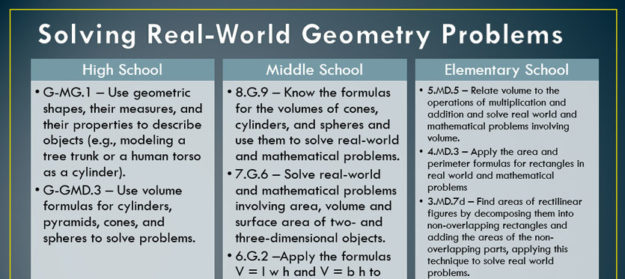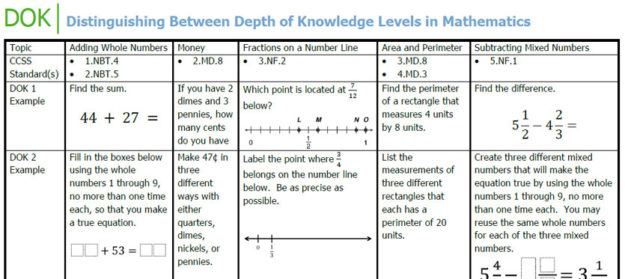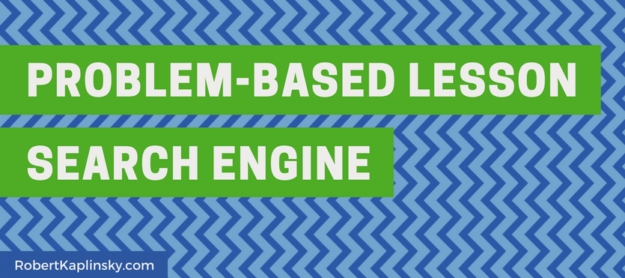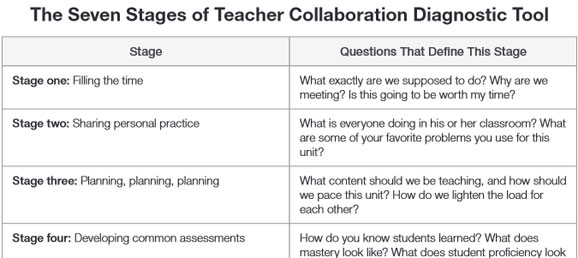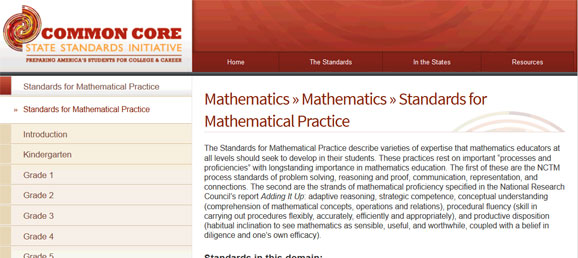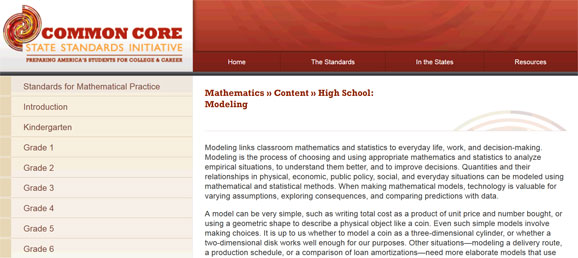Not that long ago, I would have laughed at the thought that I would be using social media to talk about math education. Nowadays, I can still recall that feeling but my perspective has changed so much that I can’t imagine being an effective educator without support from the community of math educators in the MathTwitterBlogosphere (#MTBoS).
For those of you who are unfamiliar with the MTBoS, you’re a part of it and you probably don’t even realize it. The MathTwitterBlogosphere is the collection of people and content (think blog posts, lessons, activities, tweets, etc.) about math education. Some people create the content. Some use it. Some do a combination of both. Every role is needed! For example, if everyone made content and no one used it (or vice-versa) that would be a problem.
So, I want to share three reasons why being a part of this group is so important to me so that you might want to participate more as well.

